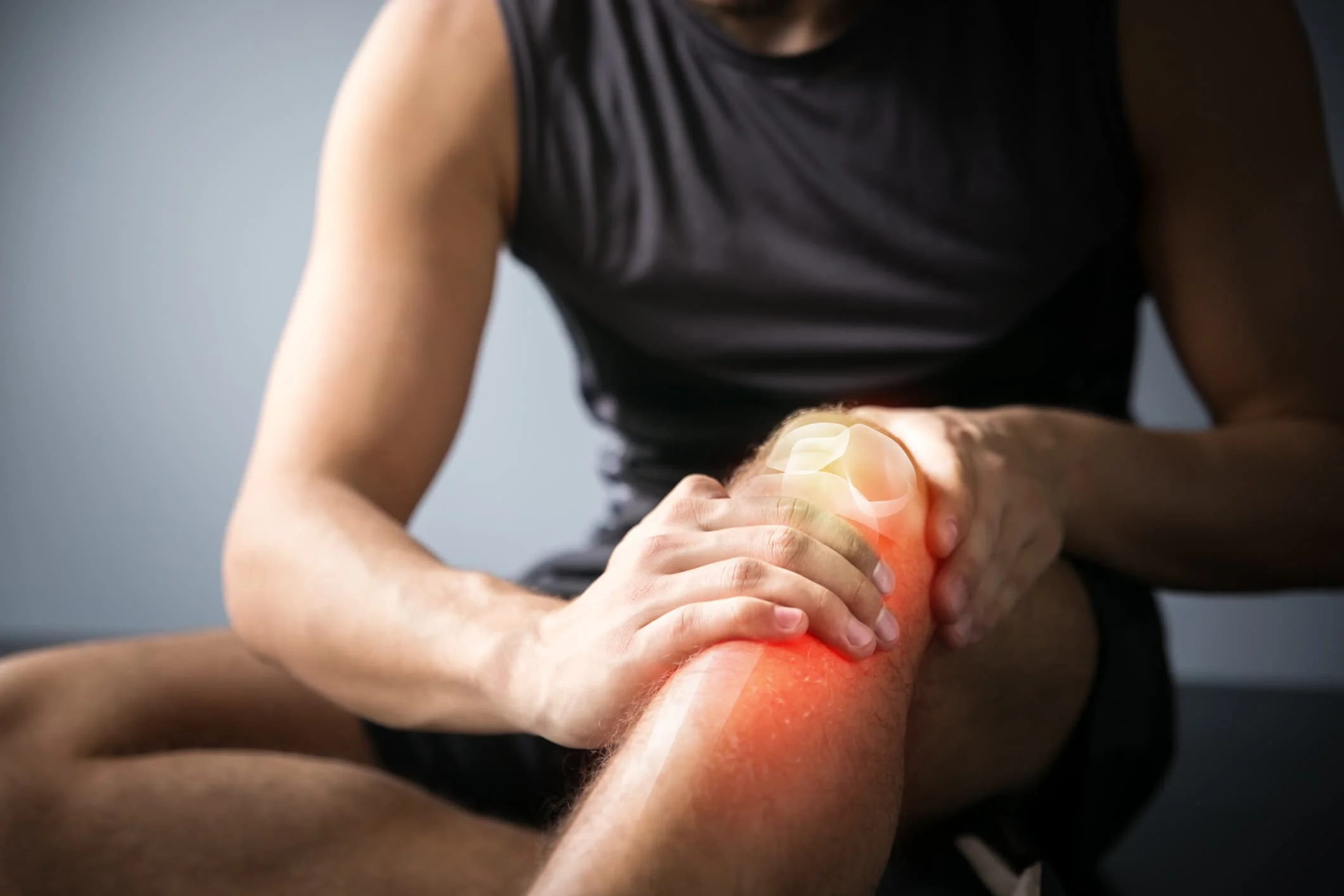
Knee Replacement Rehab
Walking Toward a Better Life
Knee replacement surgery is one of the most successful orthopedic procedures, with extremely high satisfaction rates. It can dramatically reduce pain, restore mobility, and improve quality of life—but long-term success depends on more than just the surgery itself. The rehabilitation program that follows is equally vital.
If you or a loved one are preparing for a knee replacement, here’s what you should know about the recovery process and how rehab at Bella Vista Health Center can help ensure the best outcome possible.
Knee Replacement Rehab Starts at the Hospital
Rehabilitation begins almost immediately—often within a day or two after surgery. Early goals include controlling pain and swelling, learning to use assistive devices, and practicing gentle movements such as sitting up in bed and standing with help.
Physical and occupational therapists introduce basic exercises to:
Encourage circulation and reduce the risk of blood clots
Begin restoring range of motion
Help patients bear weight safely on the new joint
This early mobilization lays the foundation for a strong and lasting recovery.
Your Personalized Therapy Plan
After discharge, most patients can get in and out of bed independently, walk at least 25 feet, bend the knee to about 90°, and navigate stairs with a walker or crutches. For those who need additional support, a skilled nursing facility—like Bella Vista Health Center—can provide focused rehabilitation before returning home.
The core goals of post-hospital therapy are to:
Increase range of motion
Improve strength and balance
Restore normal gait
Manage scar tissue
Regain independence in daily activities
Early Recovery Exercises
Initial exercises typically include:
Quad squeezes: Strengthen muscles around the knee
Straight leg raises: Strengthen thighs and hips
Ankle pumps: Improve circulation and prevent clots
Knee extensions: Increase flexibility
Heel slides: Engage quads and glutes
Walking: Reduce stiffness and swelling
Stair climbing: Support blood flow and mobility
As recovery progresses, new movements are introduced:
Hip abductions for hip stability
Leg balances for coordination
Stationary biking to increase motion
Step-ups for strength
Gait training to normalize walking patterns
A strong program generally includes 20–30 minutes of exercise 2–3 times per day and 30 minutes of walking 2–3 times per day.
Benefits of Consistent Knee Rehab
Recovery takes time, but dedication pays off. Patients who fully commit to their therapy often experience:
Enhanced mobility and balance
Reduced pain and improved comfort
Stronger muscles and joints
Better circulation and healing
Typical recovery milestones include:
Week 3: Standing and walking 10+ minutes with minimal support
Week 6: Returning to desk work and everyday tasks
Week 10: Enjoying light recreation such as cycling or swimming
Week 12: Returning to higher-impact activities like golf or dancing
Patience is key—pushing too hard too soon can delay recovery.
Knee Replacement Rehabilitation at Bella Vista Health Center, San Diego
Not everyone is ready to return home immediately after surgery. That’s where Bella Vista Health Center comes in. Our 5-star skilled nursing facility offers short- and long-term inpatient rehabilitation designed to help patients regain independence safely and confidently.
Every knee replacement patient receives a personalized therapy plan, daily supervision, and compassionate care from a multidisciplinary team. Our goal is simple: to help you get back to walking, moving, and living your best life as quickly and safely as possible.







